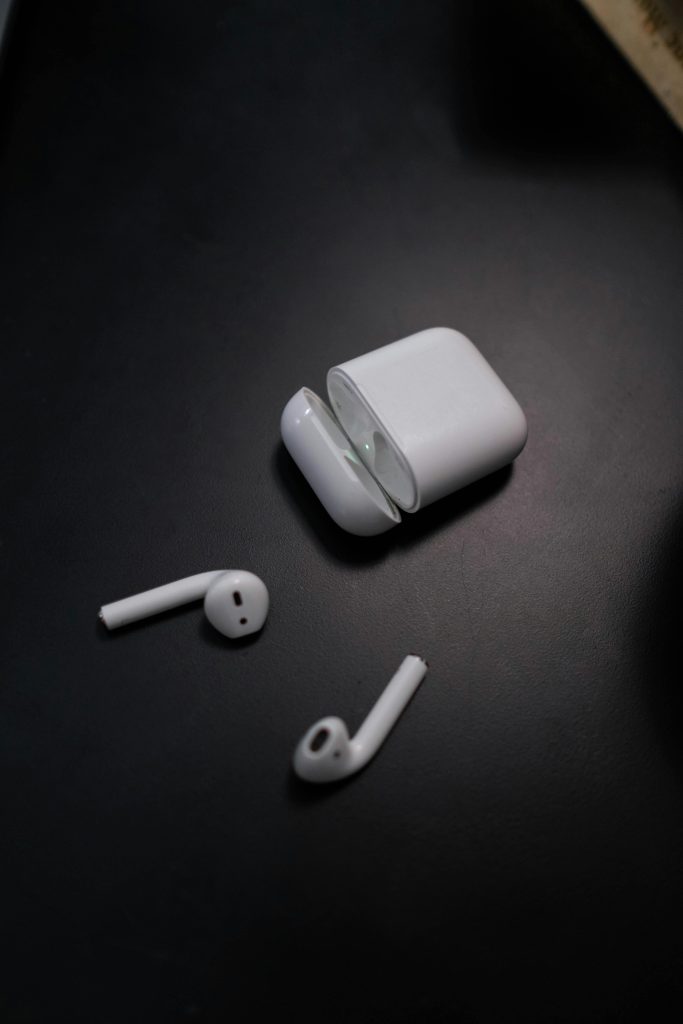Addressing High DPC Latency Causing System Stuttering: A Comprehensive Guide
Experiencing recurring system hitches and stuttering can significantly impair your computing experience. If you’re noticing consistent, periodic lag—such as hitches every 1.5 seconds accompanied by occasional longer freezes—it is often indicative of high Deferred Procedure Call (DPC) latency.
In this article, we’ll explore what DPC latency entails, how it impacts system performance, and practical strategies to diagnose and mitigate these issues.
Understanding DPC Latency and Its Impact on Performance
Deferred Procedure Calls (DPCs) are mechanisms in Windows operating systems that allow high-priority tasks to be deferred and processed later by the system kernel. While essential for multitasking, excessively high DPC latency can cause noticeable performance problems, including audio stuttering, video glitches, and general system lag.
A consistently elevated DPC latency—measured in microseconds—can lead to periodic system hiccups, disrupting workflows, gaming, and multimedia applications.
Recognizing the Symptoms
Common symptoms associated with high DPC latency include:
- Regular, periodic system hitches (e.g., every 1.5 seconds)
- Intermittent longer freezes lasting a few seconds
- Audio or video stuttering
- Increased page faults and other system warnings
Preliminary diagnostics can be performed using tools such as LatencyMon, which assesses DPC routine execution and identifies problematic drivers or processes.
Diagnosing the Underlying Cause
In a typical scenario, tools like LatencyMon may report high DPC routine execution times, with specific drivers or system components identified as culprits. For instance:
- Peak DPC routine execution: 8,159 microseconds (notably high)
- Main culprit identified:
ndis.sys(Network Driver Interface Specification) - Interrupt to process latency: 727 microseconds
- Page faults during monitoring: 40,273
Such data indicates that network drivers or related subsystem components may be contributing heavily to latency.
Practical Troubleshooting Steps
- Verify BIOS/UEFI Settings
- Ensure that CoolQuiescence or C-States are disabled if they interfere with system performance.
-
Confirm that USB selective suspend is turned off to prevent USB devices from entering low-power states that could cause delays.
-
Update Drivers
- Update your network
Share this content:



